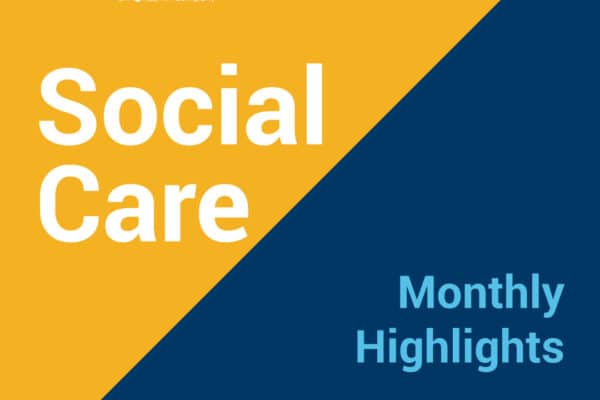My eyesight is not what it was twenty years ago, progressively I find myself straining more and more to read the top shelf in the supermarket and interpret my children’s writing as well as glancing now and then in the mirror and seeing an ever-increasing line mark on the bridge of my nose where my glasses now sit. We take for granted the way we see and view the world and the impact loss of sight and hearing can have. Let alone, if the memory fades and we have no means to communicate how we feel at all.
So, with reassured confidence I write that, when they day arrives, and I need increasing support to understand important information and be fully informed, I can rely on the accessible standards to ensure I am provided information in a way that suits me best.
Accessible standards are a legal requirement for the NHS and adult social care, (although, this is a practice that all sectors should embrace as a means of doing the right thing). It is recognised that for people with reduced ability to communicate there are poorer health outcomes and we want to be providing better experiences and outcomes for people.
There are 5 essential parts to the standard;
- Identify – this is about identifying which individuals in your service need additional support and detailing what support you can offer, it may be the use of an interpreter for example or communicating in a different way such as by text/email/braille.
- Record – Recording in the individuals records the preferred methods of communication and how they can access information. It’s about avoiding focusing on the disability itself but identifying how you can support them to understand.
- Flag – Ensuring that the preferred communication needs are highlighted to all parties involved in their support. Where electronic systems are used you could consider alert systems for example or for paper-based use colour coding.
- Share – Where referrals are made or partnership working with others is necessary, they too need to be made aware of the individuals preferences for communication (Whilst remembering this does need to be in line with data sharing laws).
- Meet – This is about implementing the tools and support necessary, so for example utilising loop systems, responding with easy read versions, making use of Makaton, having accessibility to advocates, interpreters and sign language experts etc.
Too many times personally I have come across documents and important information that I just could not understand, you know the ones that have the sorts of information you need a law degree to interpret, and I have felt rushed in appointments, where I had plenty of questions but no opportunity to ask them! The learning for me? Sometimes it’s the simplest measures that make all the difference, keep information as simple as possible, jargon free, clear and really allow people the time to understand and ask questions.
So how ‘accessible standard’ prepared are you? Do your service user care plans clearly detail their preferences and support? Are your service user documents clear and jargon free? Do you allow time for people to truly understand the information? Practically, what do you have available and ready to use if there are additional needs of service users?
There is plenty of further information to guide effective implementation of accessible standards (other formats available, of course).
Now where were those glasses……





